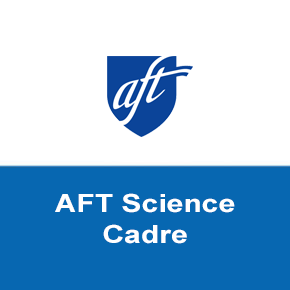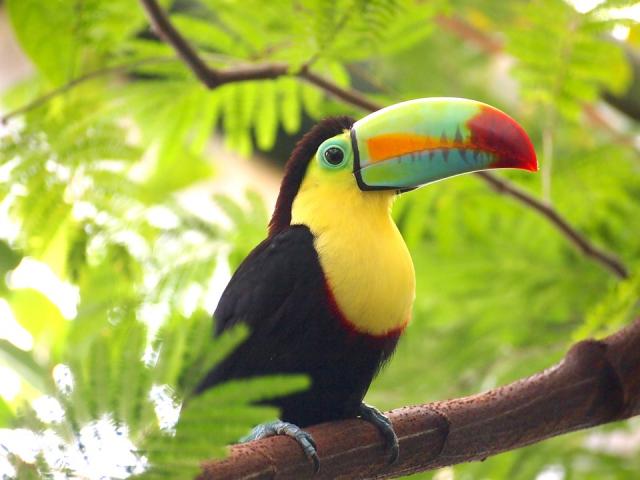About This Lesson
All organisms have external parts. Different animals use their body parts in different ways to see, hear, grasp objects, protect themselves, move from place to place, and seek, find, and take in food, water and air. Through engaging, hands-on, exploratory learning experiences, students will learn how the shape of a bird’s beak is designed to eat different types of food.



















EXCELLENT